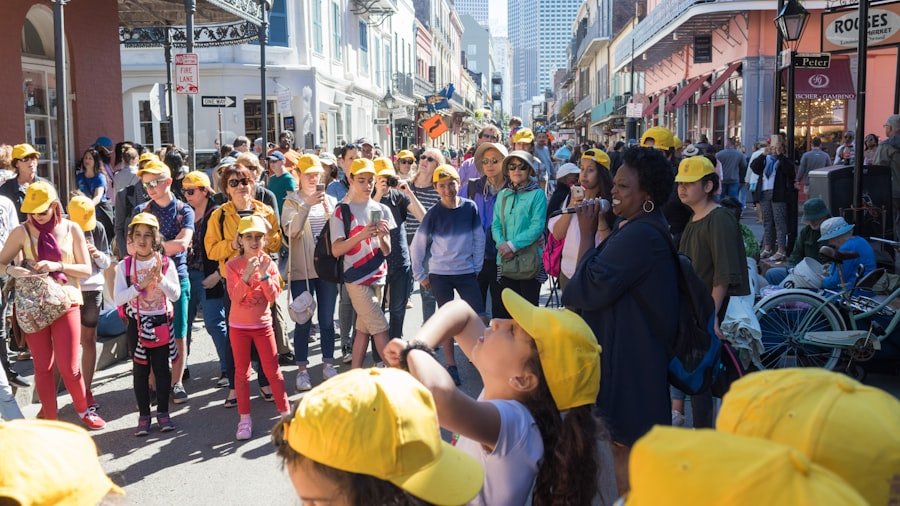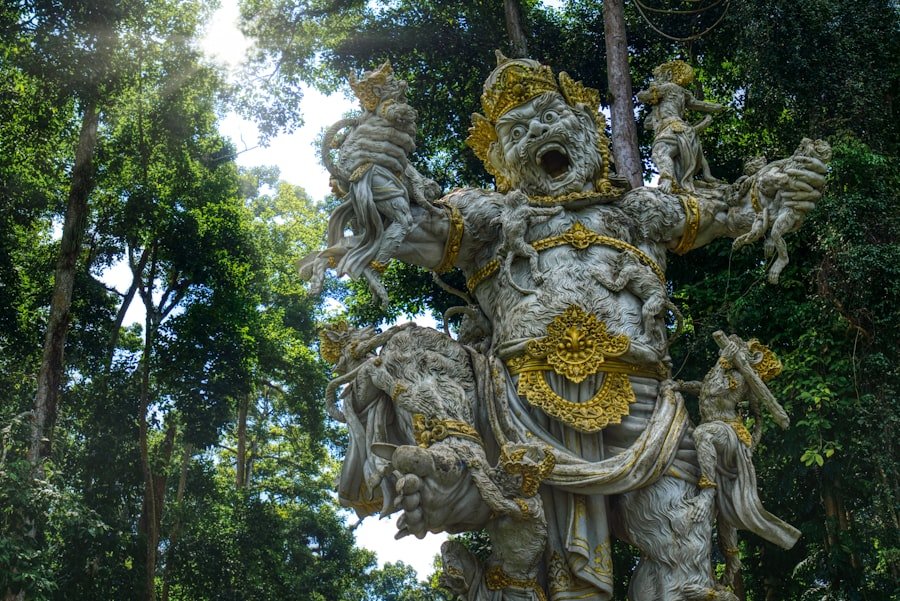The Golden Horn, known as Haliç in Turkish, is a natural harbor located in Istanbul, Turkey, that has played a pivotal role in the city’s history and development. This estuary, which stretches approximately 7.5 kilometers, separates the historic peninsula of Sultanahmet from the districts of Galata and Beyoğlu. Its unique shape resembles a horn, which is how it acquired its name.
The Golden Horn has been a vital waterway since ancient times, serving as a strategic point for trade, defense, and cultural exchange. The waters of the Golden Horn have witnessed the rise and fall of empires, from the Byzantine to the Ottoman, making it a living testament to Istanbul’s rich and diverse heritage. The significance of the Golden Horn extends beyond its geographical features; it is also a symbol of the city’s multifaceted identity.
The harbor has been a melting pot of cultures, where East meets West, and where various civilizations have left their indelible marks. Today, it remains a bustling area filled with life, offering visitors a glimpse into both the historical and contemporary aspects of Istanbul. As one strolls along its shores, the blend of ancient architecture and modern life creates an enchanting atmosphere that captivates both locals and tourists alike.
Key Takeaways
- The Golden Horn is a historic inlet in Istanbul, Turkey, known for its rich history and cultural significance.
- The Golden Horn has played a crucial role in the city’s development and has been a major center of trade and commerce for centuries.
- A walking tour of the Golden Horn allows visitors to explore iconic landmarks such as the Galata Tower and the historic neighborhoods of Fener and Balat.
- The architecture along the Golden Horn reflects a blend of Byzantine, Ottoman, and modern influences, offering a unique visual experience for visitors.
- Exploring the Golden Horn provides an opportunity to immerse oneself in the local culture, from sampling traditional Turkish cuisine to interacting with the friendly locals.
Historical Significance of the Golden Horn
The historical importance of the Golden Horn can be traced back to its strategic location. In antiquity, it served as a safe anchorage for ships, providing protection from storms and enemy attacks. The Byzantines recognized its potential early on, fortifying its shores with walls and establishing settlements that would eventually grow into the city of Constantinople.
The harbor became a bustling center for commerce, where goods from across the Mediterranean and beyond were traded. This economic vitality contributed to the city’s prominence as a cultural and political hub during the Byzantine Empire. With the rise of the Ottoman Empire in the 15th century, the Golden Horn continued to flourish.
The Ottomans expanded the harbor’s facilities and established shipyards that became crucial for naval power. The area was dotted with palaces, mosques, and public buildings that reflected the empire’s grandeur. Notably, the famous Galata Tower was constructed during this period as a watchtower to oversee maritime activities.
The Golden Horn not only served as a commercial artery but also as a cultural crossroads where diverse communities coexisted, contributing to Istanbul’s rich tapestry of traditions and practices.
Highlights of the Walking Tour

A walking tour along the Golden Horn offers an immersive experience that allows visitors to appreciate both its historical significance and vibrant atmosphere. Starting from the Galata Bridge, one can enjoy stunning views of the waterway while observing fishermen casting their lines into the depths below. The bridge itself is an iconic structure that connects two sides of Istanbul and serves as a gathering place for locals and tourists alike.
As one walks across, the sights and sounds of the bustling city come alive, with street vendors selling simit (a sesame-covered bread) and tea. Continuing along the waterfront, visitors can explore neighborhoods such as Karaköy and Balat, each with its unique charm. Karaköy is known for its trendy cafes and art galleries, while Balat boasts colorful houses and historic churches that reflect its diverse past.
The walking tour can also include stops at various parks and promenades along the shore, where one can relax and take in the picturesque views of the Golden Horn framed by Istanbul’s skyline. Each step along this route reveals layers of history intertwined with modern life, making it an enriching experience for anyone who ventures here.
Exploring the Architecture and Landmarks
| Landmark | Location | Year Built | Height (meters) |
|---|---|---|---|
| Eiffel Tower | Paris, France | 1889 | 324 |
| Taj Mahal | Agra, India | 1648 | 73 |
| Colosseum | Rome, Italy | 80 AD | 48 |
| Statue of Liberty | New York City, USA | 1886 | 93 |
The architectural landscape surrounding the Golden Horn is a testament to Istanbul’s rich history and cultural diversity. One cannot overlook the majestic Süleymaniye Mosque, an architectural masterpiece designed by the renowned Ottoman architect Mimar Sinan in the 16th century. Its grand dome and intricate tile work exemplify the zenith of Ottoman architecture.
The mosque not only serves as a place of worship but also offers panoramic views of the Golden Horn from its elevated position on one of Istanbul’s seven hills. Another significant landmark is the Fener Greek Patriarchate, which has been a center of Orthodox Christianity since Byzantine times. The patriarchate complex includes several churches and schools that highlight the historical presence of Greek culture in Istanbul.
Nearby, one can find the historic Ahrida Synagogue, one of the oldest synagogues in Istanbul, which reflects the Jewish community’s long-standing connection to the city. Each of these structures tells a story of resilience and adaptation through centuries of change, showcasing how different cultures have coexisted along the shores of the Golden Horn.
Experiencing the Culture and Local Life
To truly appreciate the essence of the Golden Horn, one must engage with its vibrant local culture. The area is alive with activity; fishermen line the shores early in the morning, casting their nets in hopes of a good catch while local markets buzz with vendors selling fresh produce and traditional delicacies. The aroma of grilled fish sandwiches wafts through the air from stalls along the waterfront, inviting passersby to indulge in this local favorite.
Cafes and tea houses dotting the promenade provide perfect spots for people-watching while sipping on traditional Turkish tea or coffee. These establishments often serve as social hubs where locals gather to discuss daily life or play games like backgammon. Festivals and cultural events frequently take place along the Golden Horn, celebrating everything from music to food, further enriching the local experience.
Engaging with residents and participating in these activities allows visitors to gain deeper insights into Istanbul’s dynamic culture.
Tips for Exploring the Golden Horn

When planning a visit to the Golden Horn, there are several tips that can enhance your experience. First and foremost, consider timing your visit to coincide with sunrise or sunset; these magical hours provide breathtaking views as the sun casts golden hues over the waterway. Early mornings are particularly serene, allowing for peaceful walks along less crowded paths while observing local fishermen at work.
Comfortable footwear is essential for exploring this area on foot, as there are numerous cobblestone streets and uneven surfaces. Additionally, bringing a camera is highly recommended; every corner presents an opportunity for stunning photographs that capture both historical landmarks and everyday life along the harbor. Lastly, be open to trying local foods; sampling street food such as börek (savory pastries) or künefe (a sweet cheese dessert) can add delicious layers to your exploration.
Recommended Stops and Attractions
As you traverse along the Golden Horn, several stops are worth including in your itinerary. The Rahmi M. Koç Museum is an excellent destination for those interested in industrial history; housed in a former anchor factory, it showcases an impressive collection of artifacts related to transportation, communication, and engineering.
This museum provides insight into Turkey’s industrial evolution while offering interactive exhibits that engage visitors of all ages. Another must-visit location is Pierre Loti Hill, accessible via a short cable car ride or a steep walk up from Eyüp Sultan Mosque. This hill offers breathtaking views over the Golden Horn and is named after French novelist Pierre Loti, who was captivated by Istanbul’s beauty.
The café at the top provides a perfect spot to relax while enjoying panoramic vistas of both the harbor and city skyline. For those interested in religious history, a visit to Eyüp Sultan Mosque is essential; it is one of Islam’s holiest sites outside Mecca and draws pilgrims from around Turkey.
Conclusion and Final Thoughts
The Golden Horn stands as a remarkable testament to Istanbul’s rich tapestry of history, culture, and community life. Its waters have witnessed centuries of transformation while remaining a vital artery for trade and interaction among diverse cultures. A walking tour along its shores reveals not only stunning architecture but also vibrant local life that continues to thrive amidst modernity.
Exploring this area offers an opportunity to connect with Istanbul on multiple levels—historically through its landmarks, culturally through its people, and gastronomically through its cuisine. Whether you are captivated by its historical significance or drawn to its lively atmosphere, the Golden Horn promises an unforgettable experience that resonates long after you leave its shores.
If you’re interested in exploring the culinary delights of different cultures, you may also enjoy reading about the delightful world of Asian melon in this

